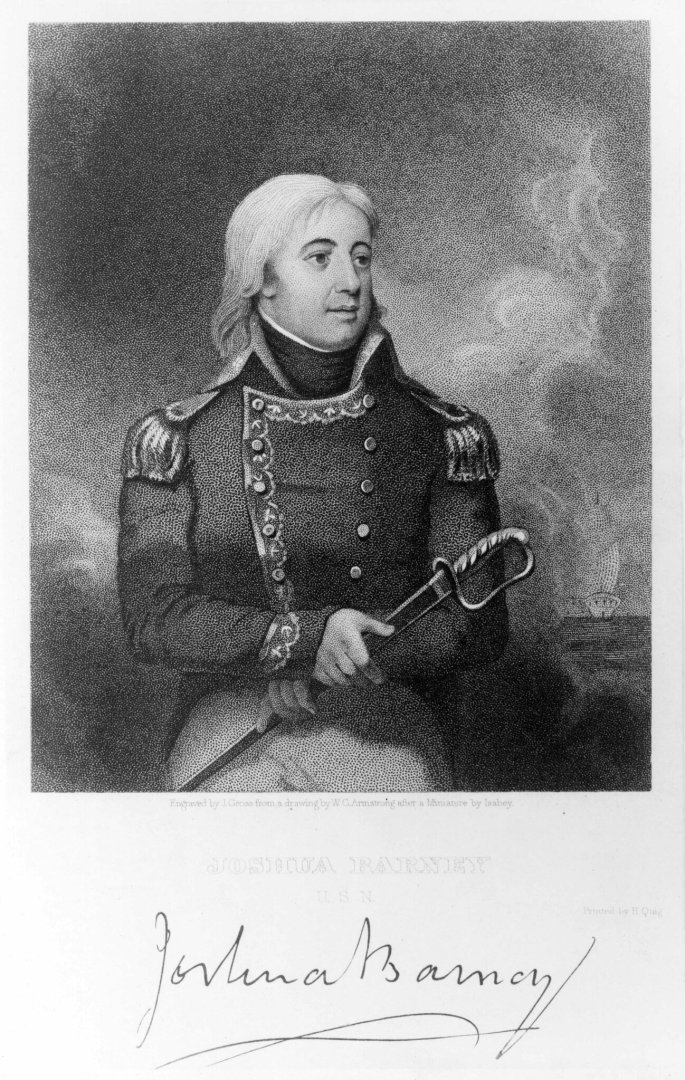-
Posts
1,345 -
Joined
-
Last visited
Content Type
Profiles
Forums
Gallery
Events
Everything posted by Thukydides
-
Log #5: Design Considerations I have made a fair bit of progress on the design so for today we will take a break from the history of Perseus to look at my plans for the structure of the hull. You can see below the current status of the design. I have the first pass on the bulkheads complete and have started work on the stern. It helps that I am starting from already reconciled plans so I don't need to worry too much about making sure the hull is fair other than minor issues related to scanning error. The design has taken significant inspiration from Chuck's Winchelsea build as well as a number of others. There are a number of outstanding considerations that I have not yet decided on how I will deal with: As I have previously mentioned, I am still undecided as to how much of the lower deck I want to show and so am designing it as if I will show a lot, but I may just simplify this a bunch. The main consideration here is that I am planning on fully rigging this vessel so I have questions about how much I could realistically make at least somewhat visible. My current plan is to not do cutouts on the main deck thus allowing me to reduce the view of the lower deck to the areas right around the ladders. But I may change my mind so I have left the design as is for the moment. The upper parts of the frames are very thin. I likely need to split them off of the main bulkheads and cut them out of something stronger than aircraft ply. The thinnest are only a bit over 3/32 of an inch thick. In line with the question of the strength of the frames I need to consider how I am going to strengthen the structure and what order it will all go together. Lots of problems to figure out yet before I start making sawdust.
-
Looking good. If you haven't glued the topgallant yet (I am not sure from the photos if it is dry fitted or glued), hold off a bit. It is easier to do the shrouds if you can slide them over the top.
- 34 replies
-
- Alert
- Vanguard Models
-
(and 1 more)
Tagged with:
-

Gunboat Philadelphia 1776 by tmj
Thukydides replied to tmj's topic in - Build logs for subjects built 1751 - 1800
You are a brave man to dive into sculpting. I don't know if you have ever come across Tom Mason on YouTube. I have found his videos very helpful. https://youtube.com/@tommasonsculptor?si=IKfrxS-Bd1BOS6Qf -
The problem is these plans have warped over time and so if you just copy the lines as is you will probably end up with a wiggly hull. With a kit these issues have already been worked out for you as the kit maker drafted the plans and made sure they are fair. The faring you do by sanding is just smoothing everything out. If the bulkheads are not the right size to begin with then you will have a hard time making it right.
-
Another option if you don’t like fusion 360 is onshape. It is free to use and is in a browser so you can use it anywhere, even on your tablet. Downsides are it is not designed for ships (it has what you need, but you need to work round some limitations). Also if you want the free version your files are public. That being said if you just name your file a random collection of letters and numbers, no-one will be able to find it in any case.
-
Yes I am doing it in 1/64th scale. The reasons being: My OCD demands all of my ships be in the same scale for comparison. It is a nice compromise size. Some day I would like to do a ship of the line and any bigger than 1/64 and they become far too big. On the other hand it is still big enough that you can reasonably model everything without having to approximate.
-
Onshape. It probably is not as good for ship designing as some others, but it is in a browser so I can use it from anywhere and it is free. Your files are available to the public (you have to pay if you want private files), but if you name them something unrelated to your project they are essentially private unless someone knows the name.
-
Another wonderful model and as usual you present it very nicely.
- 131 replies
-
- Medway Longboat
- Syren Ship Model Company
-
(and 1 more)
Tagged with:
-
As it has been a couple weeks since I updated the log I figured I would give a minor update as to where things are at. I am still documenting a bunch of the research and have started work on the structural designs for the bulkheads. I will talk a bit more about what I am trying to achieve in a later post, but for now I figured I would share the current state of affairs on the design side. A few notes on this: This is very much a work in progress so if you see any problems feel free to point them out. I am unsure how much of the lower deck I want to show (I may do cutouts on the main deck or may not). So the current design reflects the maximum I might want to do. I am cheating a bit on the frames for the parts of the lower deck that are open. I made the frames a little thicker than they really should be to give more structural strength. This will not be possible to tell once the model is all put together.
-
So is this just a single sheet of silk span with more paint on certain parts?
-
Fantastic work, those have got to be some of the nicer sails I have seen on this forum. You almost make me wish I had put sails on alert :). On the airbrush, I would imagine you should be able to run the wash through the airbrush and it would produce a more even coat. I suspect you were running too much through. That being said if the spray bottle does the job then why fix what isn't broken. The wire is a good idea and it really doesn't stand out at all. I wanted to put wire in my flags, but was worried it would be too visible. Now I have the issue that the ensign is drooping a bit more than I would like so next time I will probably try the wire or just go full tinfoil on the ensign. I do have one question which is not clear to me from your pictures. The reinforcing strip on the outside folded around the wire, is that a separate piece you glued on after cutting the sail to shape? All in all great job.
-
Those sails look fantastic Andrew, I really like the method you came up with. They really do give a lot of visual interest to the sails.
-
That hull looks nice and smooth, good job
- 60 replies
-
- vanguard models
- cutter
-
(and 1 more)
Tagged with:
-
I have been digging around the forums and in my searches have found inconclusive answers to this question so I figured I would pose it to see if anyone is able to clarify this for me. This is what my general understanding of naming is: My question is what would the joint in the below plan be called? They have the scarfs of hook and butt, but appear to be simply two scarfed strakes. Could this also be called hook and butt? For clarification these two strakes show the upper deck clamps for Sphinx 1775.
-

USS Cairo by Zetec - FINISHED - 1/50 scale
Thukydides replied to Zetec's topic in - Build logs for subjects built 1851 - 1900
Congrats, she looks fantastic. -
Those oars look really nice. Also as usual I learned something. I always appreciate that you take the time to explain the why not just the what.
- 131 replies
-
- Medway Longboat
- Syren Ship Model Company
-
(and 1 more)
Tagged with:
-
I use mini files. If you look at my alert log I show some examples of this. In general I find PE often looks out of scale and so you need to file it a bit to get it to look right.
- 177 replies
-
- Sherbourne
- vanguard models
-
(and 3 more)
Tagged with:
-
Log #4: Service History Part III - George Keith Elphinstone Continued From late 1776 until late 1779 and the siege of Charleston, Elphinstone continued cruising up and down the North American coast taking prizes at a remarkable rate. One of his most prolific periods was between September 1776 and and September 1777 when he captured at least 14 different prizes ranging from privateers to merchants. In January of 1777, Elphinstone and the Perseus captured the snow Thomas, a British ship which had recently been captured by the Continental brig Andrew Doria. This event is notable as the American prize officer in charge of the Snow, Lieutenant Joshua Barney, later had a memoir written which recounted the events providing some insight into Elphinstone’s character. Due to the limited number of crew available, Barney convinced a number of the prisoners to help make up the complement of his crew. A few days later a British warship, the Perseus, was seen on the horizon and it was at this point the prisoners became mutinous and refused to assist in setting sails until Barney shot one of them through the shoulder. However, the delay allowed the Perseus to close the distance and the Thomas was boarded and captured. Upon being transferred over to the Perseus, the sailor who had been shot by Barney complained to Elphinstone regarding Barney’s actions. Elphinstone, without bothering to even enquire of Barney as to his version of events, chastised the sailor and “declared that the latter had done no more than he would himself have done in a similar situation.” Joshua Barney National Museum of the United States Navy, NH 56818 This problem of desertion and insubordination appears to have been quite common for both sides of the conflict. Later in the same year, 10 men who had previously been in the service of the Continental Forces deserted the Perseus taking with them an 8 oared cutter. Despite Elphinstone’s attempts to capture them, they made it to shore at Annapolis and were welcomed by Major John Fulford who requested in a letter to his superior, Governor Thomas Johnson, if he could keep the boat and pay the deserters for it. Elphinstone’s most significant prize of his North American career was the capture of the 20 gun French ship La Therèse in November 1779 off Cape Charles. The La Therèse proved a difficult opponent and it took 40 minutes of action in which time she “did considerable damage to the masts, sails, and rigging of the Perseus before she struck.” In late 1779, the decision was made that the time had come for the British to capture the port of Charleston. A barrier to the northward progression of British success in Florida and Georgia, the city was protected from the sea by a sand bar and heavily fortified islands guarding the harbor. Alonzo Chappel, The Siege of Charleston Anne S.K. Brown Military Collection. Brown Digital Repository. Brown University Library. Elphinstone was dispatched in advance of the campaign to procure galleys and transports for the assault as well as procuring the necessary supplies to support the seaborne invasion force. Once the attack began in earnest, Elphinstone lead a force of four hundred and fifty seamen ashore to support the attack and serve as the line of communication between the army and the fleet. The city fell on the 12th of May and as a reward for his efforts, Elphinstone and the Perseus were selected to carry Sir Andrew Hammond with the dispatches announcing the fall of Charleston back to England. Perseus was paid off on the 17th of July, 1780 and Elphinstone was given command of Warwick (50). Elphinstone, who is perhaps best known in modern times for his appearance in the Jack Aubry novels as Lord Keith, went on to have a very successful career becoming one of the more decorated and famous naval officers of the Napoleonic period. Notably, it was under his command that Napoleon was transferred from the Bellerophon to the Northumberland for his exile to St. Helena in 1815. He retired having reached the rank of Admiral and passed away on the 10th March 1823 in Tulliallan Castle in Scotland.
-
The rigging is looking really nice. It holds up well in the close up pictures. I would say on average I also had to redo about 50% of the rigging I did.
About us
Modelshipworld - Advancing Ship Modeling through Research
SSL Secured
Your security is important for us so this Website is SSL-Secured
NRG Mailing Address
Nautical Research Guild
237 South Lincoln Street
Westmont IL, 60559-1917
Model Ship World ® and the MSW logo are Registered Trademarks, and belong to the Nautical Research Guild (United States Patent and Trademark Office: No. 6,929,264 & No. 6,929,274, registered Dec. 20, 2022)
Helpful Links
About the NRG
If you enjoy building ship models that are historically accurate as well as beautiful, then The Nautical Research Guild (NRG) is just right for you.
The Guild is a non-profit educational organization whose mission is to “Advance Ship Modeling Through Research”. We provide support to our members in their efforts to raise the quality of their model ships.
The Nautical Research Guild has published our world-renowned quarterly magazine, The Nautical Research Journal, since 1955. The pages of the Journal are full of articles by accomplished ship modelers who show you how they create those exquisite details on their models, and by maritime historians who show you the correct details to build. The Journal is available in both print and digital editions. Go to the NRG web site (www.thenrg.org) to download a complimentary digital copy of the Journal. The NRG also publishes plan sets, books and compilations of back issues of the Journal and the former Ships in Scale and Model Ship Builder magazines.

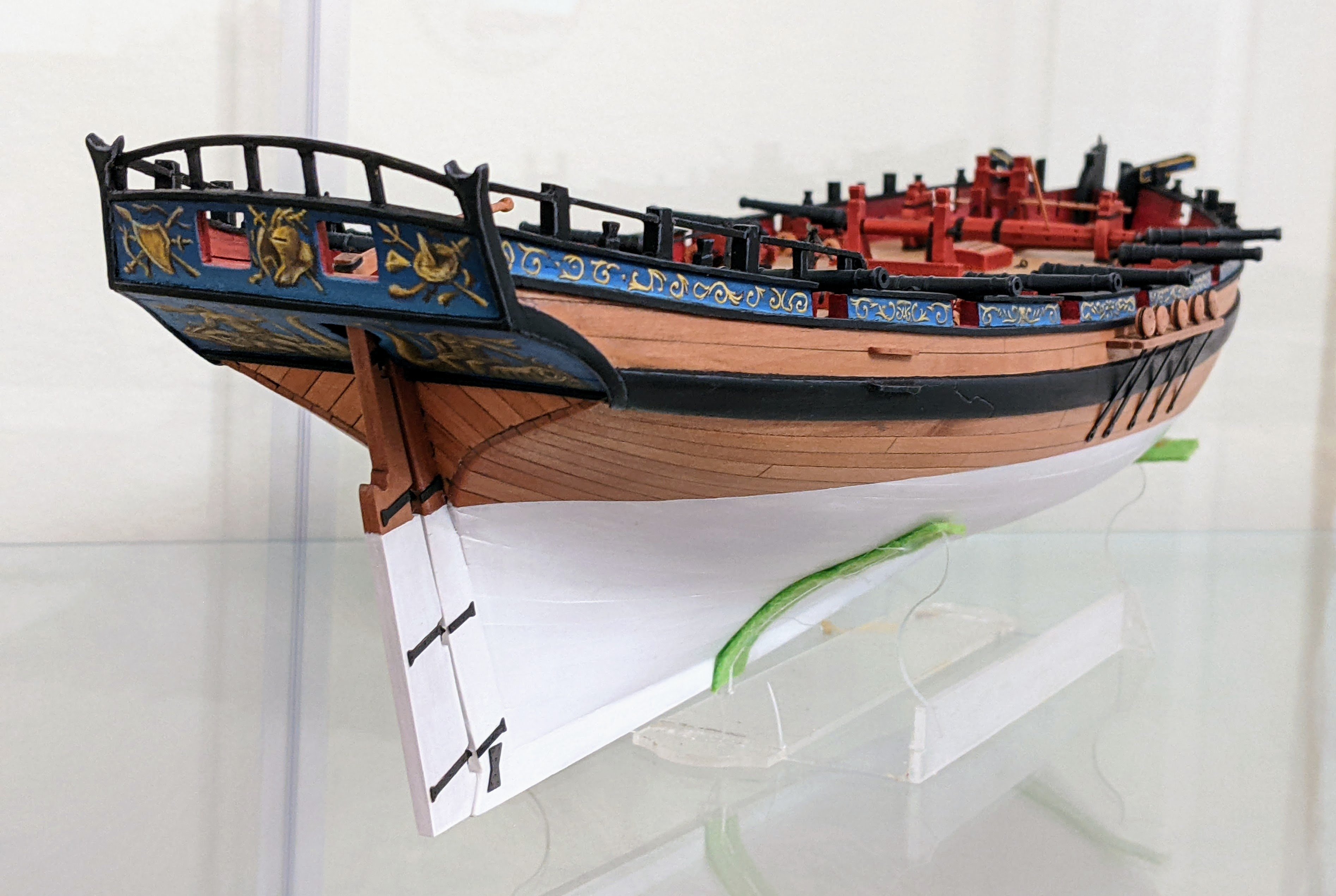
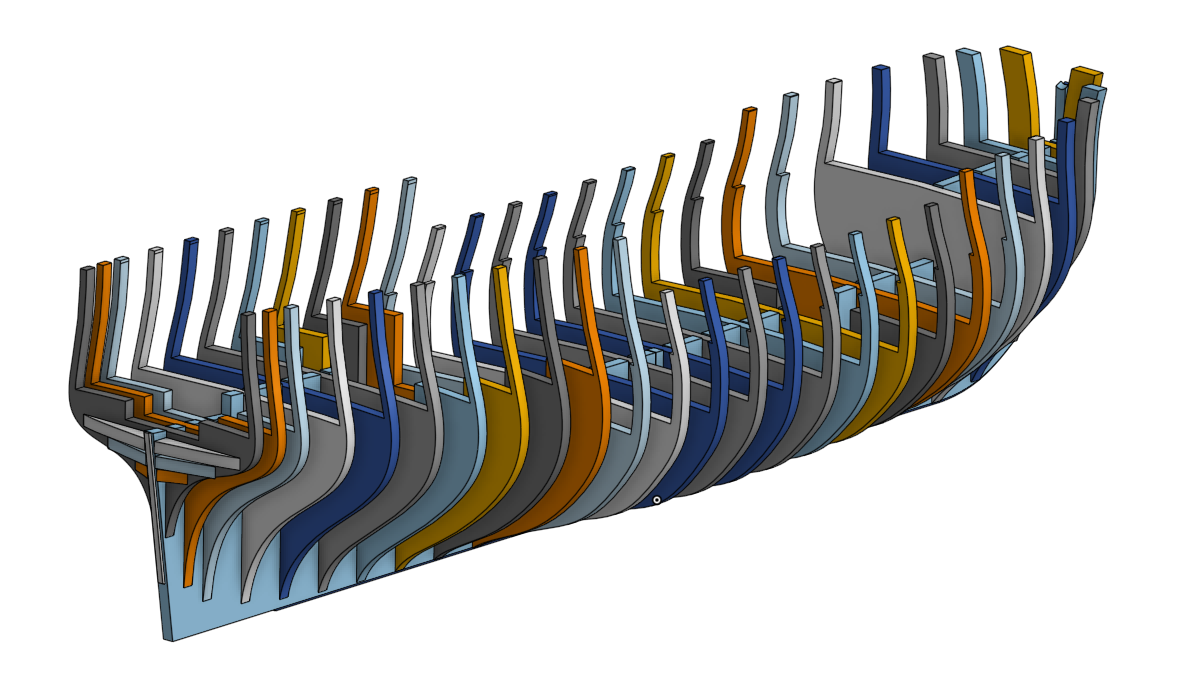


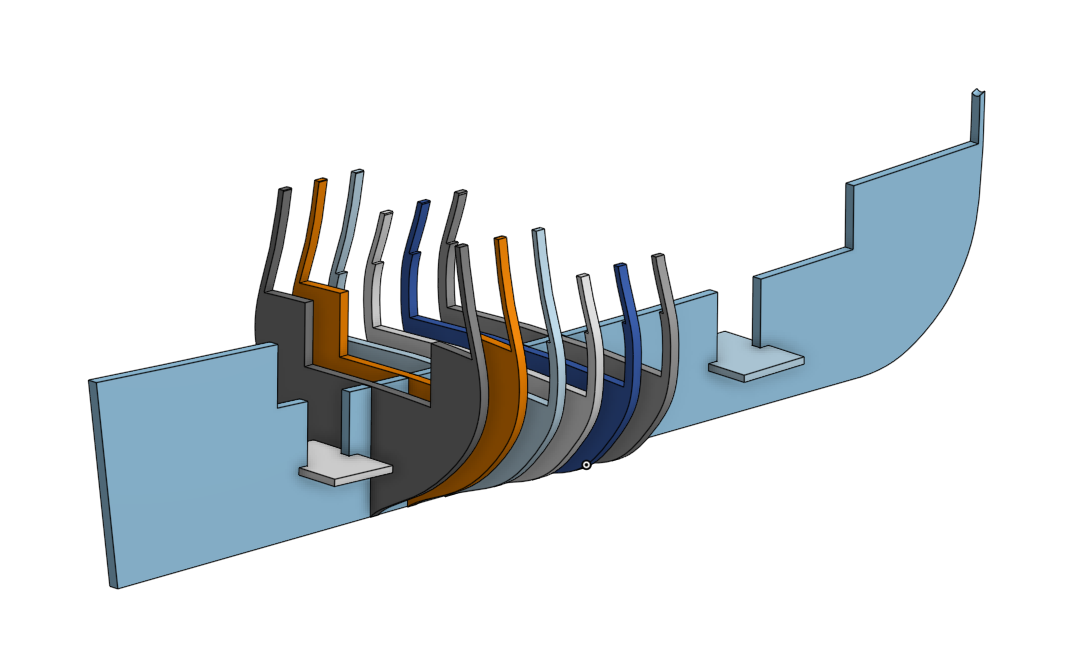


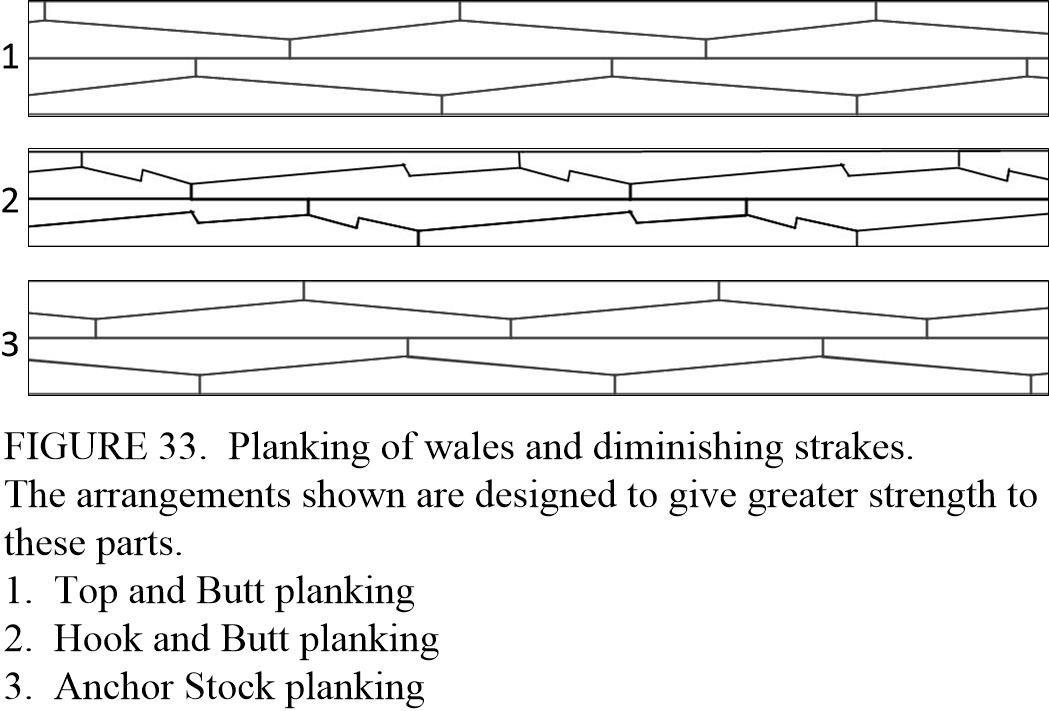
.png.c1c5f8da9629457a3474b31c6c121600.png)
